


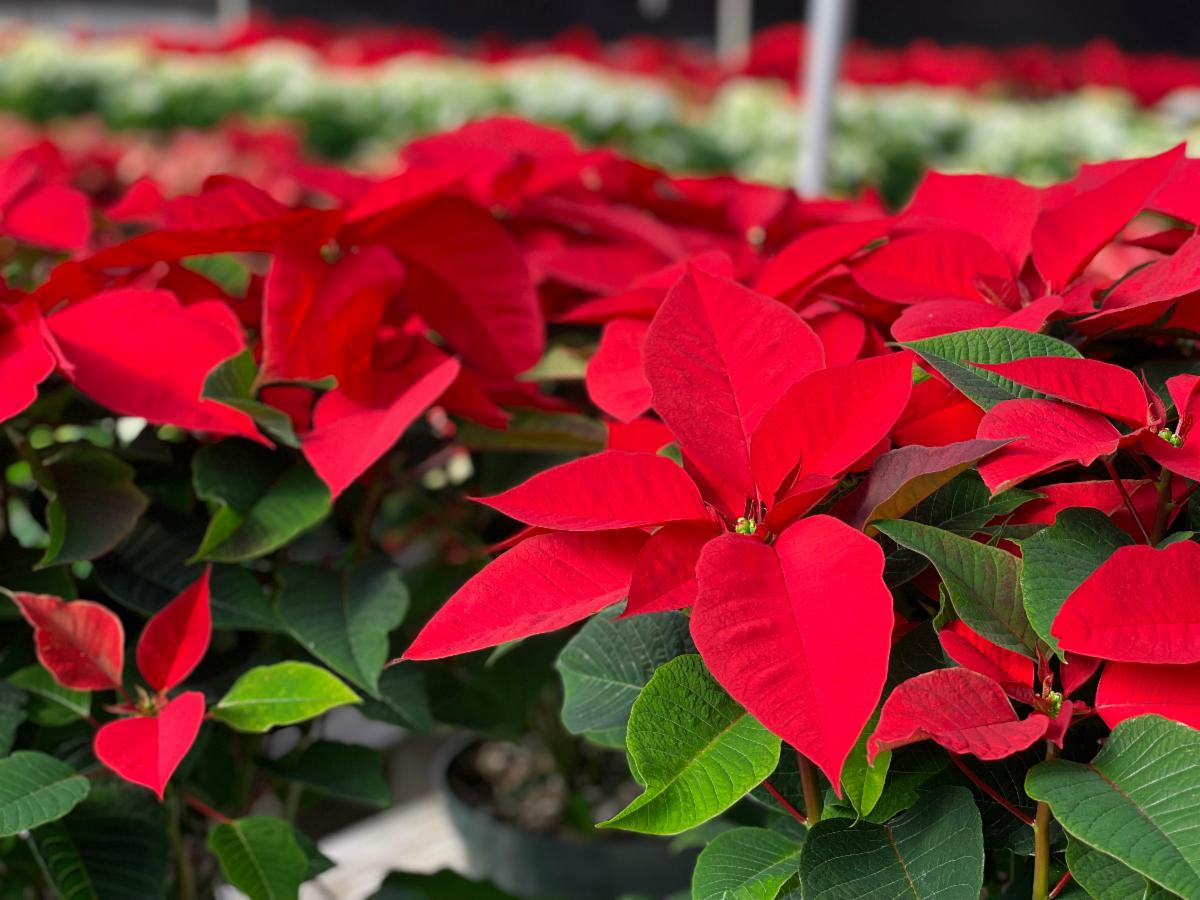
Mon – Fri 9am – 4pm
Sun 10am – 4pm
Open Dec. 24 9am – 1pm
Closed Dec. 25 through Jan. 1
Re-Open Jan. 2 9am – 4pm

Payne’s has a wonderful collection of Holiday Décor and Great Gift Ideas!
• Fresh, Homegrown Poinsettias that will last and last and last… ONLY HAVE WHITE POINSETTIAS LEFT!
• Live Trees to plant after Christmas
• Holiday flowering plants such as a Christmas cactus or Orchid
Wreaths, Garlands, Greens and Swags
• A Payne’s GIFT CARD for any amount!
• Cyclamen, or a houseplant for a tropical holiday
• Create your own gift basket with a Payne’s pot filled with a variety of flower and vegetable seeds for your favorite budding gardener
• A set of gardening hand tools/gloves
• A beautiful Payne’s Bonsai for a meditative Zen holiday
• Hardy succulents that are easy to care for – perfect beginner plants

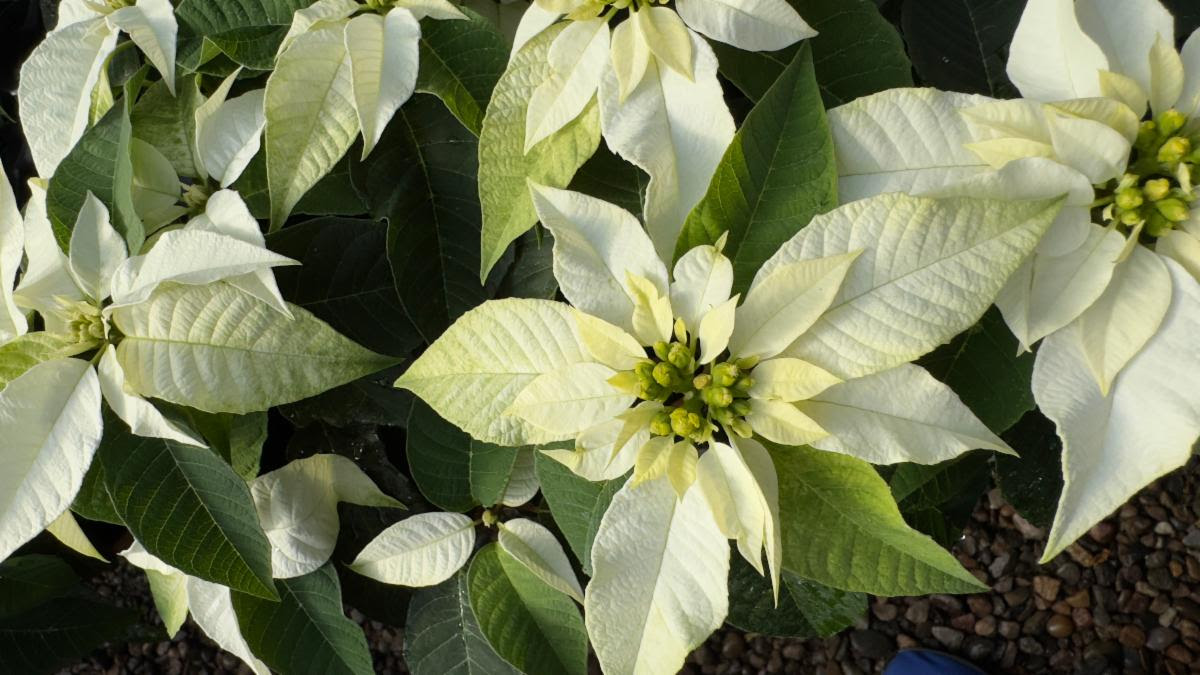
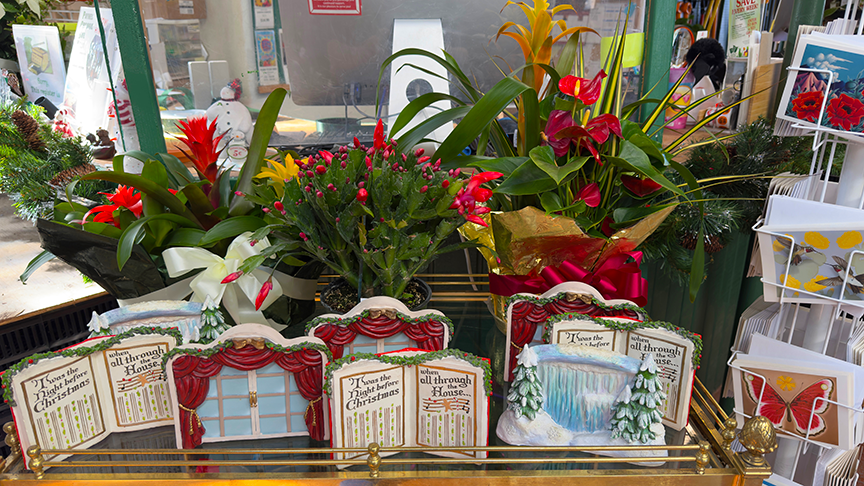
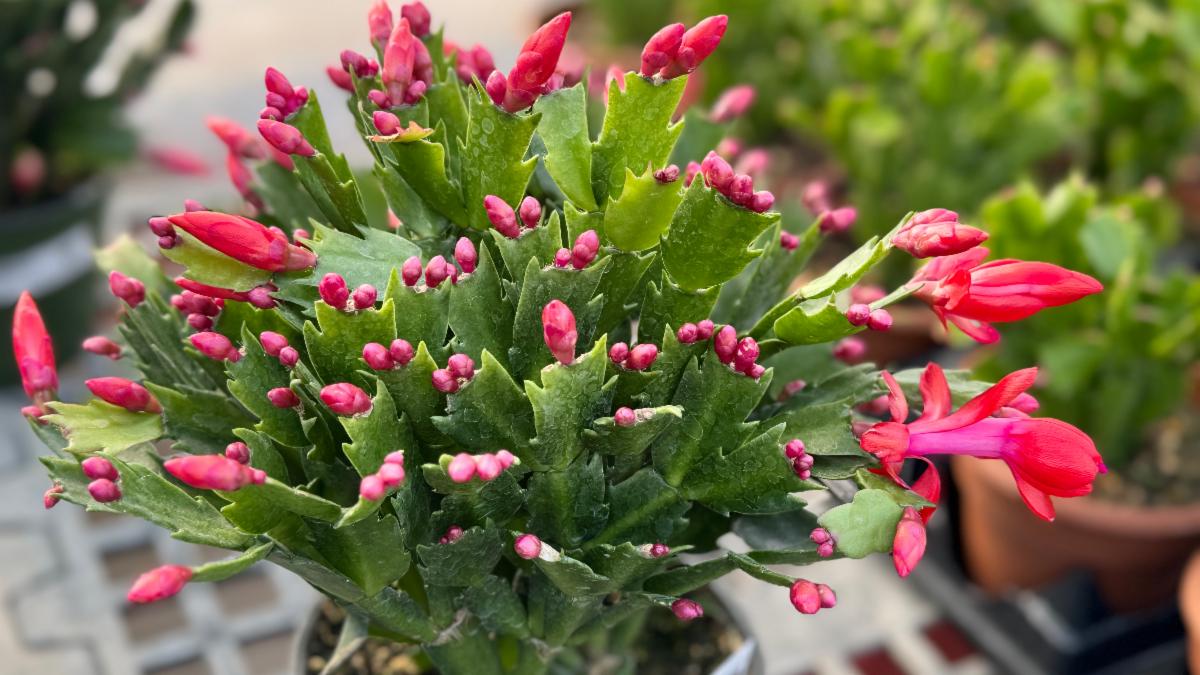
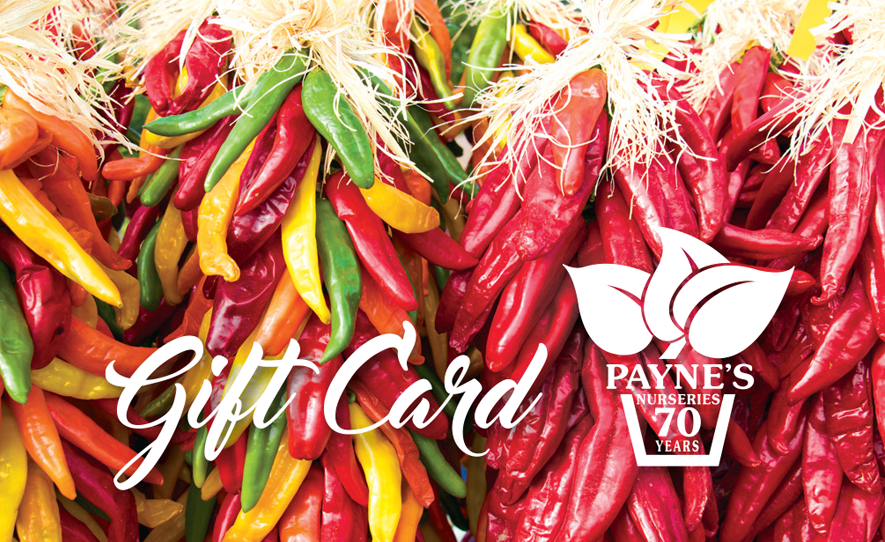

WE ONLY HAVE WHITE POINSETTIAS LEFT IN STOCK! Hurry in for the best selection. Please keep in mind that our Poinsettia sales are final with no returns or exchanges!
GORGEOUS POINSETTIAS IN THE FOLLOWING SIZES & PRICES BELOW:
6.5″ Poinsettias – $16.99

8.5″ Poinsettias – $39.99

10″ RED Poinsettias – $59.99
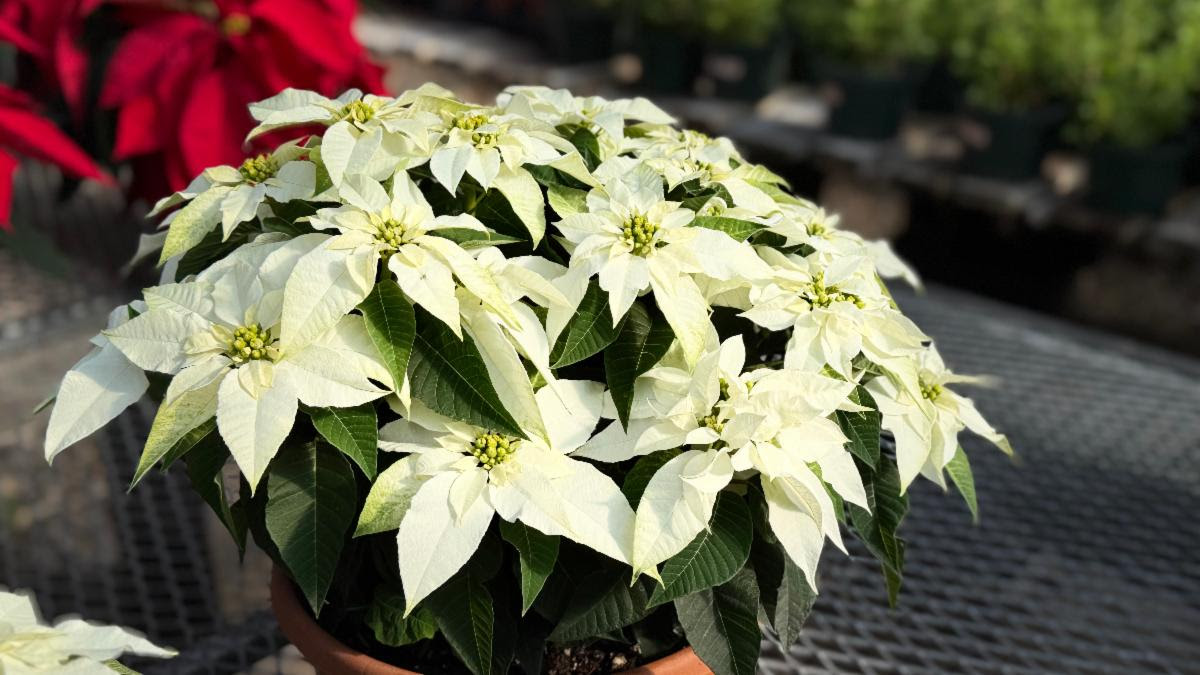
Christmas Cactus – available sizes: 4.5″ and 6.5″ pots in PINK, WHITE, ORANGE and RED!

CHECK OUT OUR LOCAL-CUTTINGS SWAGS AND WREATHS CREATED BY OUR VERY OWN TALENTED YARD
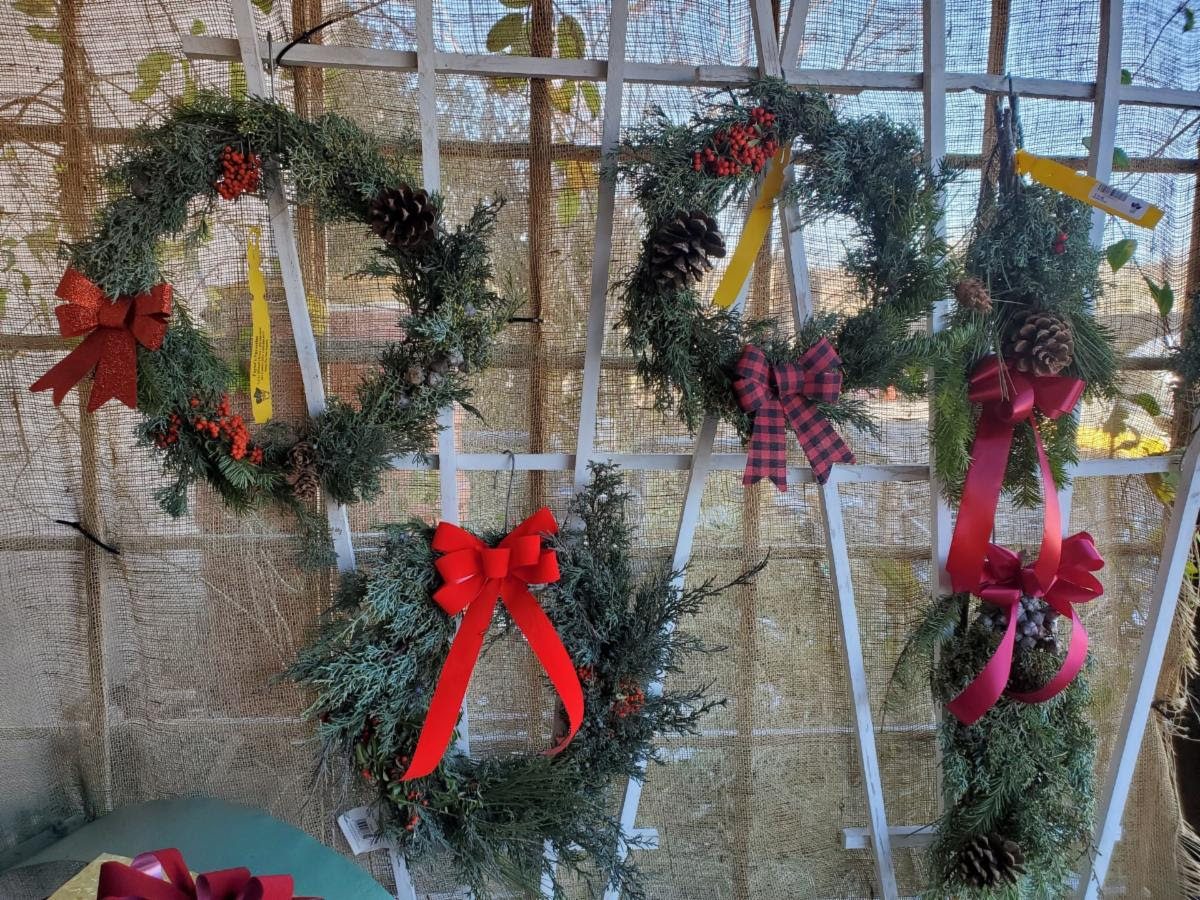
Nothing brings the feel of Christmas to a home more than FRESH mountain greenery!
Stop by today and choose from our selection of beautiful hand-made wreaths, greenery and garland! Many sizes and colors to choose from.
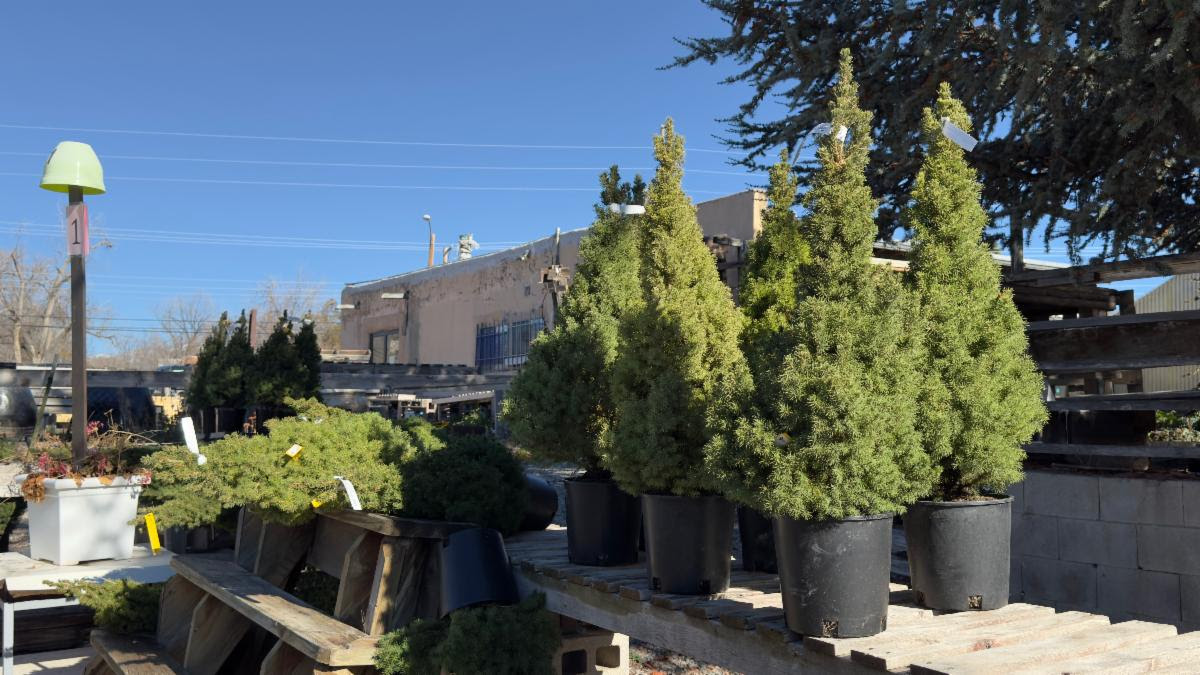
Our top-quality LIVE trees are here! Choose from a variety of kinds and sizes!
Stop by Payne’s NOrth and get yours today! We have Austrian Pine, Blue Spruce, and Alberta Spruce (in containers). For now, go out and dig a hole and back fill it with the excavated soil (so no one will fall in) before the ground freezes so you can easily re-dig the hole and plant your live tree after Christmas.
PLEASE NOTE: once your live tree is inside … please don’t keep it indoors more than 5 to 7 days maximum.
Planting instructions are available.
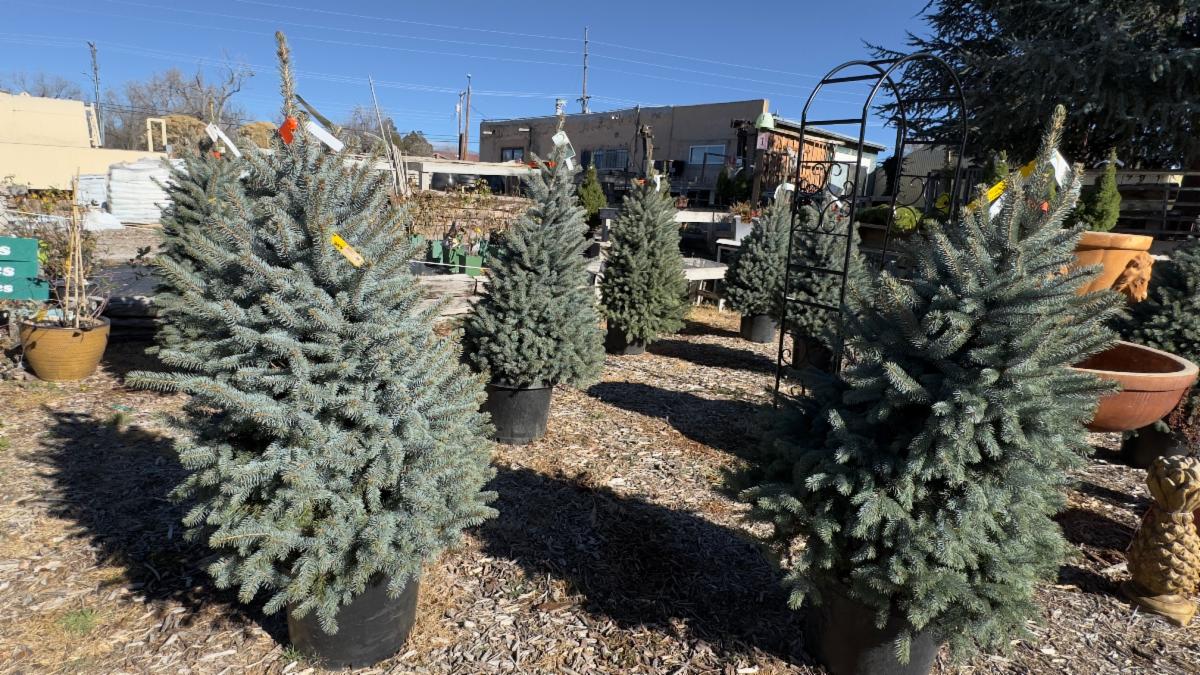
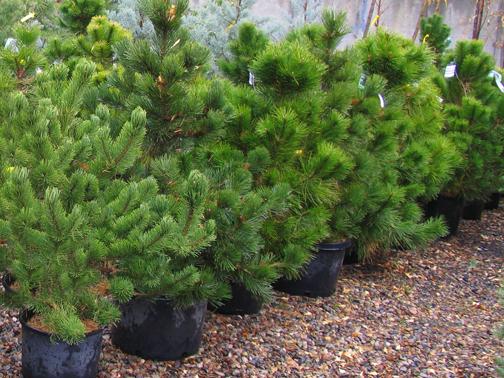
A WEEK AND A HALF LEFT BEFORE CHRISTMAS … IS THERE STILL TIME TO DECORATE?
Another GREAT Question!
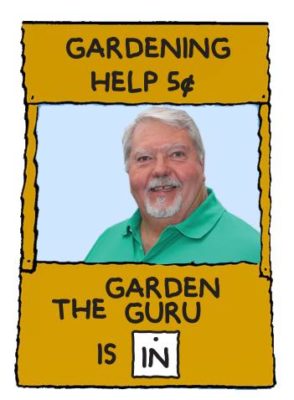
In this week’s archived Garden Guru segment from previous years … the Garden Guru mentioned how it is a tradition for a lot of families to wait until Christmas Eve to do all of their decorating. Lynn said that Payne’s still has some live trees, fresh-cut trees and other greens still available, to assist with the decorating but they are going fast. Plus, he said that there are plenty of Poinsettias to choose from and many colors as well! Please note this was a show from previous years.
———————————————————————-
CLICK HERE to listen to the GARDEN GURU’s archived show regarding Indian Market and what to do now in the garden!
Enjoy your weekend and HAPPY GARDENING!

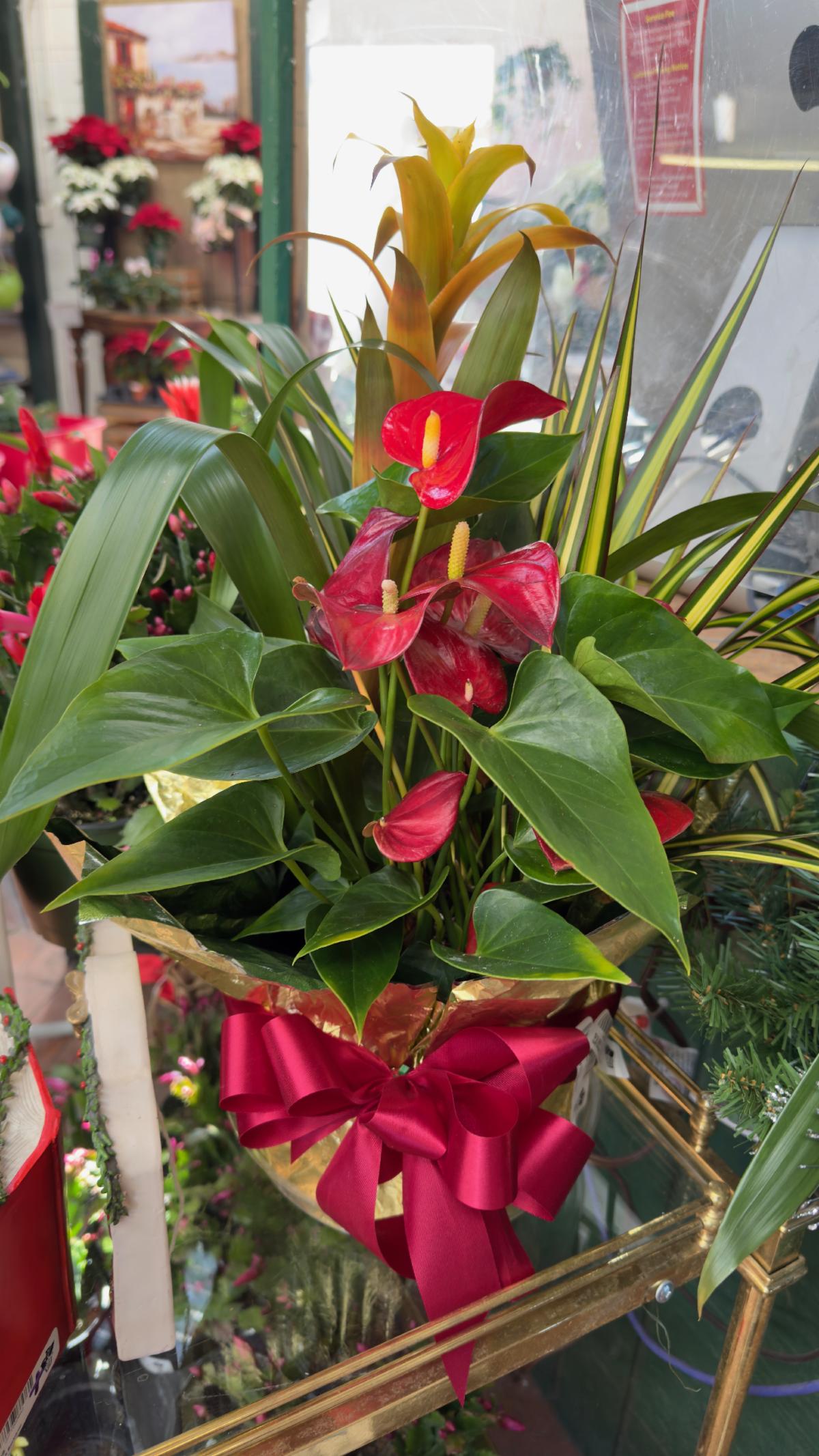
PAYNE’S HAS A LARGE SELECTION OF HOUSEPLANTS AND TROPICALS!
STOP BY TODAY AND CHOOSE FROM OUR FRESH, TROPICAL SELECTION!

Copyright Mark Parisi

Buy in bulk! We’ll deliver for a small fee or bring your truck and we’ll load it for you!
Payne’s Organic Soil Yard
6037 Agua Fria
505-424-0336
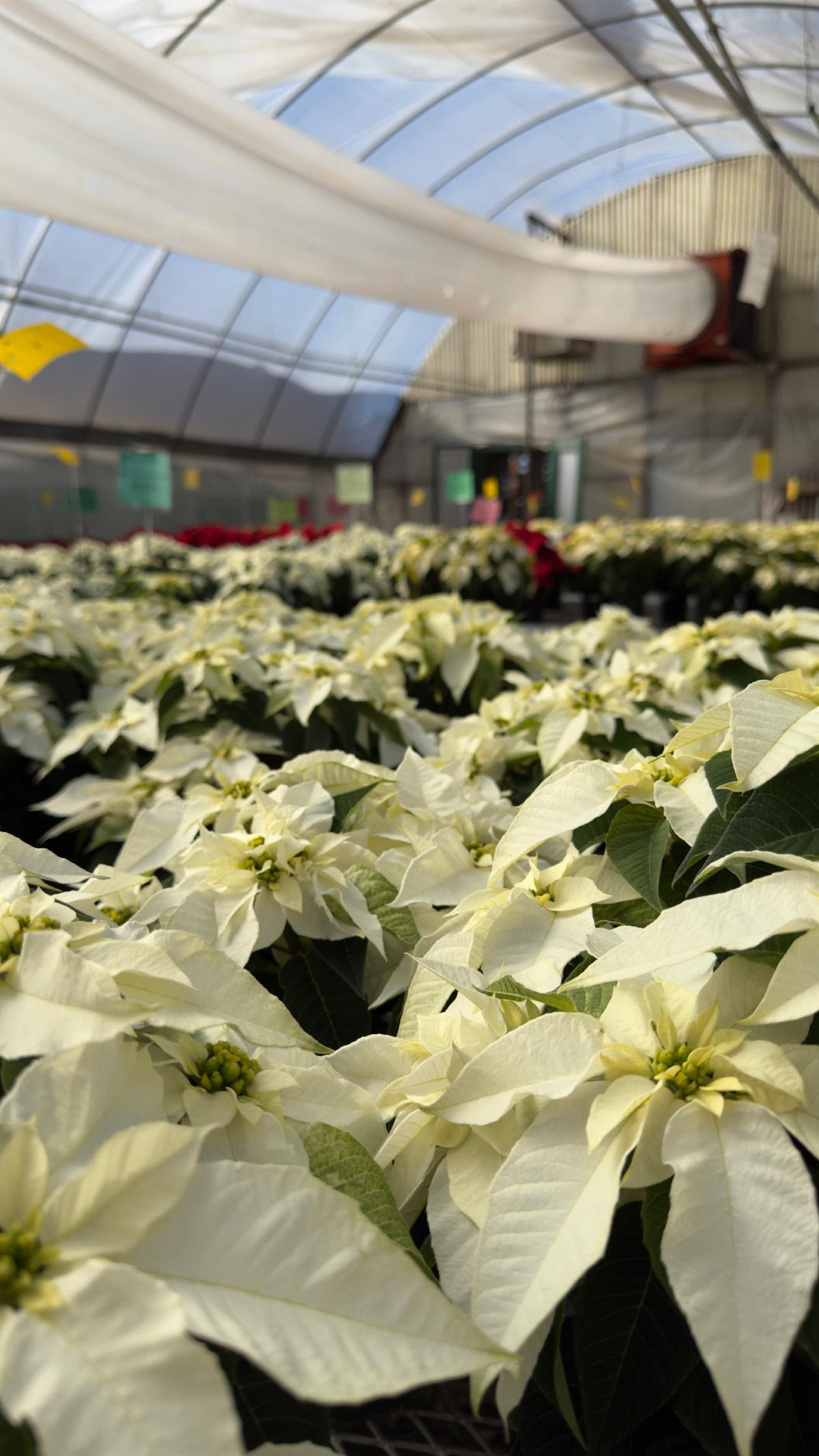
PHOTO OF THE WEEK!
GORGEOUS WHITE POINSETTIAS!
—————————————————-
SHARE YOUR PHOTOS! Please keep sending in your photos.
You Could WIN a $25 Gift Card!
If you have a photo taken in one of our greenhouses or of your own garden orlandscape that contains products from Payne’s, please send it to info@paynes.com!
If your photo is chosen, and used in our e-newsletter website or other marketingmaterials, then you will receive a Gift Certificate from Payne’s for $25!Please make sure to give us your contact information in your email.

by The Old Farmer’s Almanac
Here’s THIS MONTHS ZODIAC SIGN PROFILE AND HOW IT CAN HELP YOU GARDEN:
SAGITTARIUS (NOVEMBER 23 to DECEMBER 21)
Sagittarius ends the fall. The seasons are about to shift again, so the expectation of change is part of your personality. With Jupiter (the largest planet in the solar system) as your ruling planet, you are partial to plants that grow bigger: Azaleas, rhododendrons, and rosemary fill the bill here. Giant sunflowers, as well as beans and peas that climb, tantalize your soul. You are fond of action and the outdoors; plants that spread out and seem wild and free excite you. Look for lily-of-the-valley or patches of mint in your garden. Quick and easy meals such as salmon and salad grace your dinner table, and popcorn is your regular snack.